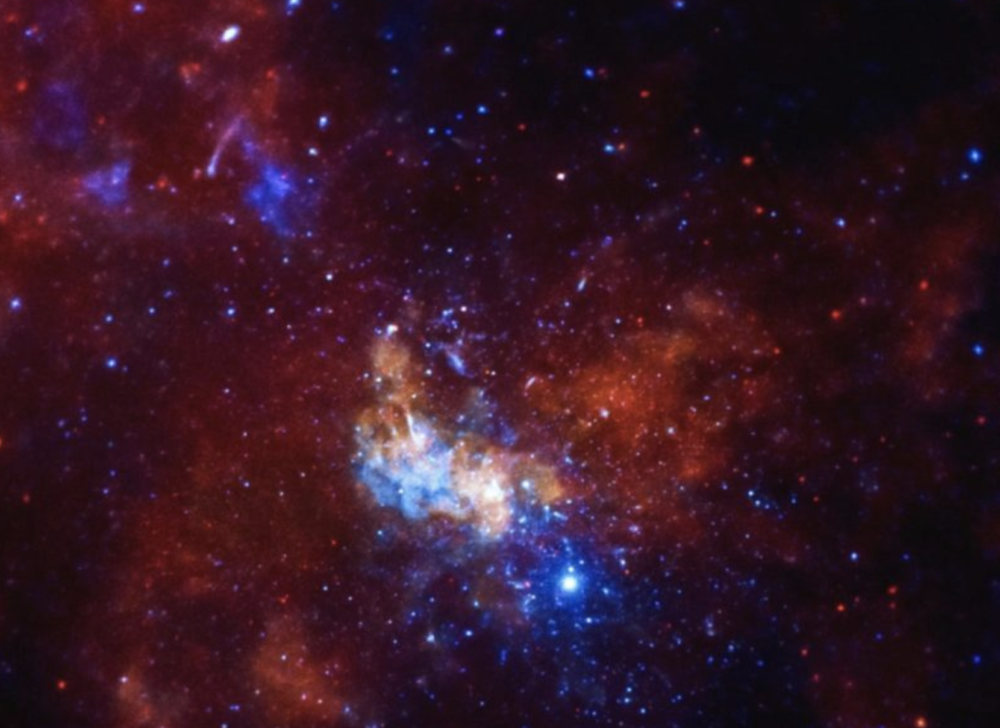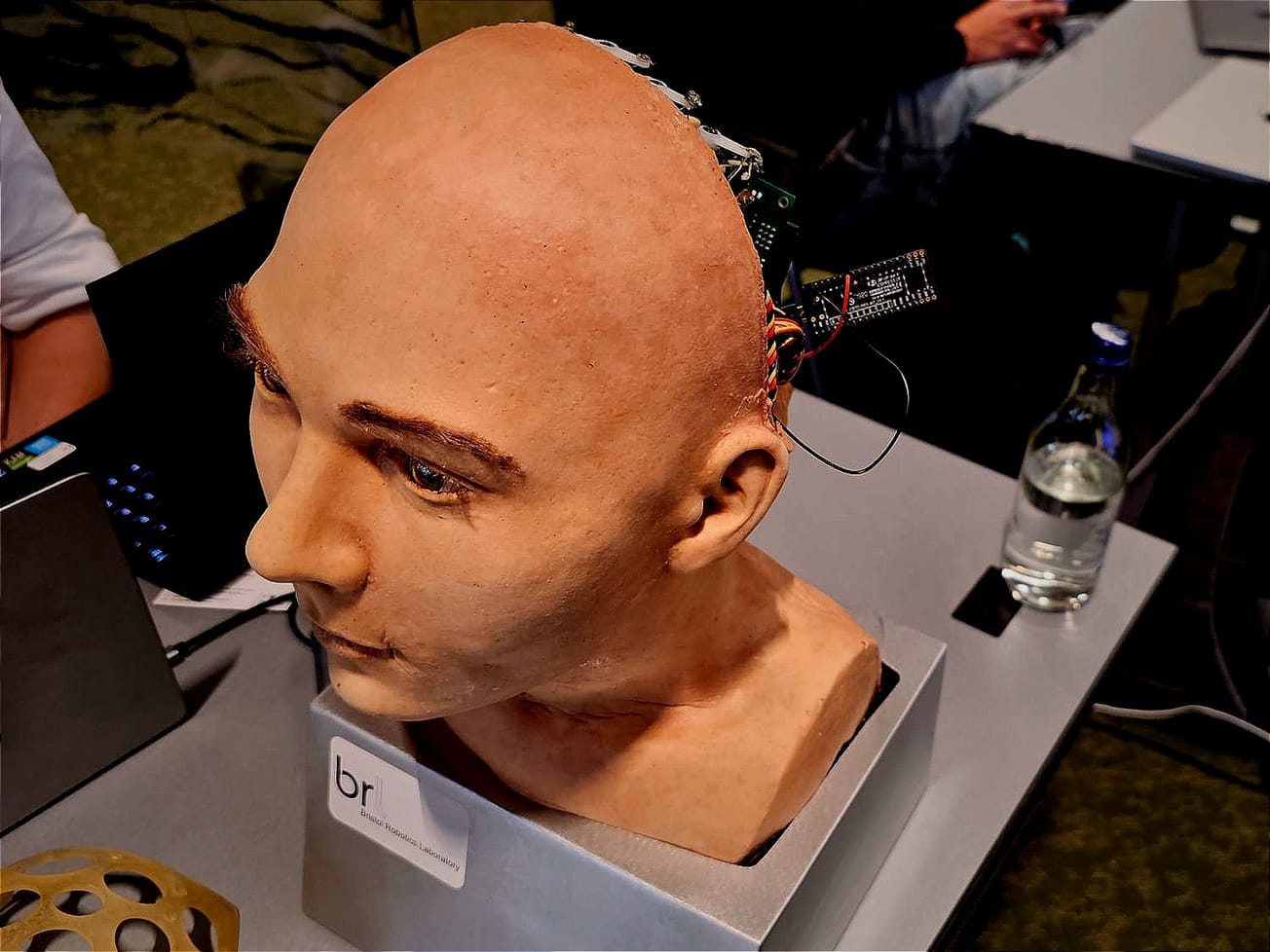GENEVA (AN) — An international observatory has for the first time traced a high-energy cosmic neutrino — an invisible, nearly massless subatomic particle — back to its origin in a distant galaxy about 4 billion light years away.
The neutrino was detected by a team of scientists working in the IceCube Neutrino Observatory built at the U.S.-operated Amundsen–Scott South Pole Station, where 5,200 sensors are buried a mile beneath the ice to find high-energy cosmic neutrinos.








